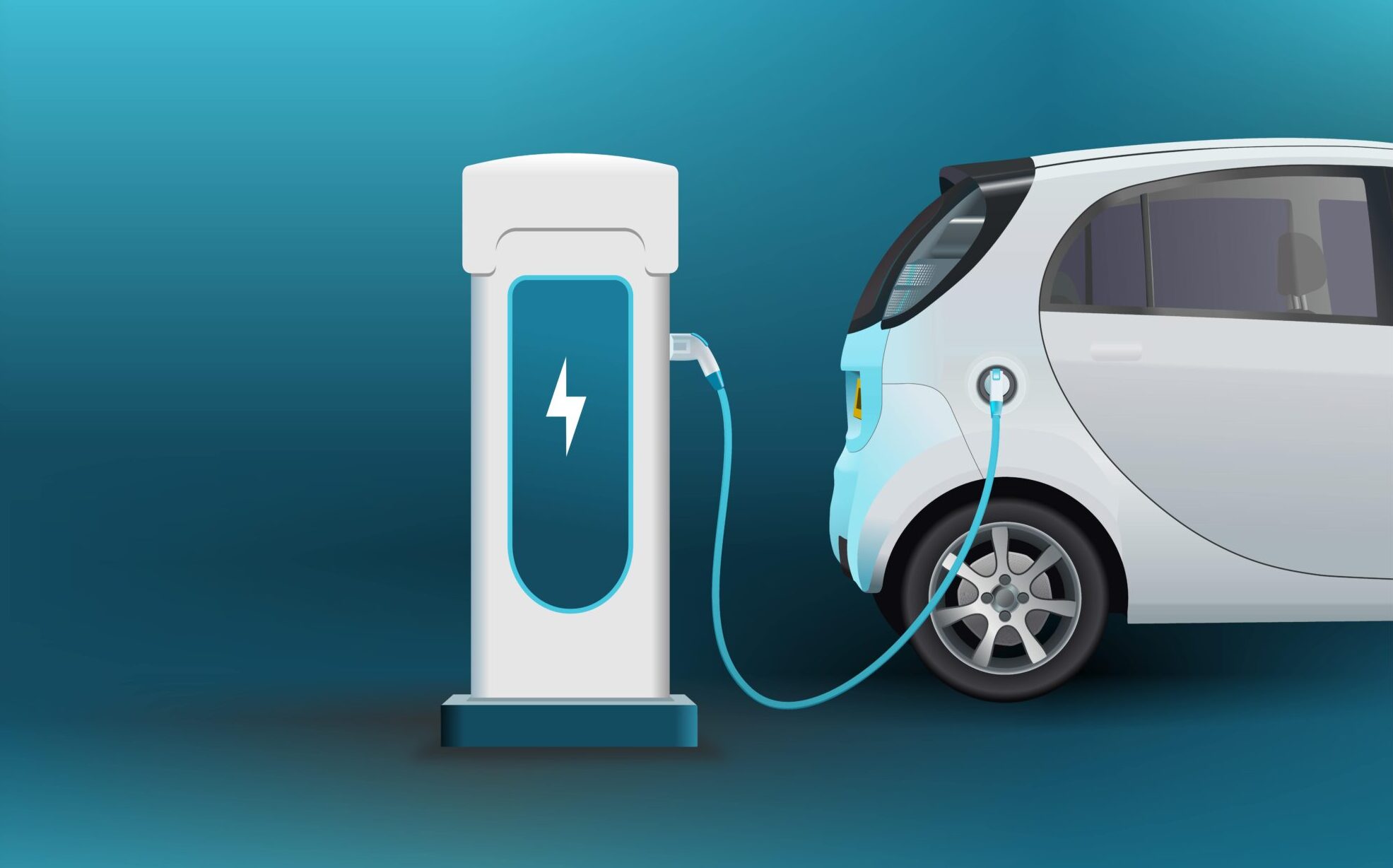The Future of Electric Vehicle Charging Infrastructure
Key Takeaways
- Explore the advancements in electric vehicle (EV) charging infrastructure and its implications for the future of transportation.
- Understand the trends and technologies that are shaping the EV charging landscape.
- Learn about the benefits and challenges faced by the industry in scaling up charging networks.
Table of Contents
- Introduction: Evolution of Electric Vehicles
- Current Landscape of EV Charging
- The Role of Technology in Charging Infrastructure
- Challenges in Scaling EV Charging Networks
- Government Initiatives and Policies
- Environmental Impact of EV Charging
- Future Trends in EV Charging
- Conclusion: Towards a Sustainable Future
Introduction: Evolution of Electric Vehicles
The electric vehicle (EV) industry has evolved significantly from its nascent stages. Initially considered a novel experiment, EVs have firmly established their presence as a vital component of sustainable transportation solutions. This shift is primarily driven by heightened awareness of environmental issues and a global push towards reducing carbon footprints. The demand for robust, rapid, and efficient charging solutions is higher.
Current Landscape of EV Charging
Today’s EV charging landscape is more diverse than ever. From convenient home-based charging setups to expansive commercial networks in urban centers, the choices available to EV users are vast. However, despite these options, accessibility issues and charging speed often hinder full adoption. As more consumers and businesses pivot towards this greener mode of transport, the infrastructure supporting EVs, notably the commercial EV charging station, becomes increasingly crucial. Many potential EV consumers are deterred by concerns over finding accessible charging points during long journeys. The current state of the market reflects a world in transition, striving to meet increasing needs with evolving solutions. One can refer to this comprehensive analysis by trusted energy experts for a deeper dive into the existing market dynamics. Additionally, urban planning is increasingly considering EV infrastructure, ensuring that future developments incorporate necessary facilities to support a surge in electric transportation.
The Role of Technology in Charging Infrastructure
Technology serves as the backbone of modern EV charging solutions. Innovations in the field are continually enhancing charging stations’ efficiency and user experience. Fast-charging technology, for instance, has drastically reduced the time required to charge an EV, making it more comparable to traditional refueling. Moreover, advancements like wireless charging are poised to revolutionize the sector by offering hassle-free, plugless charging experiences. Innovative technologies integrated into charging stations allow real-time energy consumption monitoring and optimization, thus contributing to a more efficient energy grid. These advancements boost convenience and play a critical role in encouraging broader EV adoption. As we look towards the future, the potential integration of blockchain technology to manage energy transactions could add a layer of security and transparency to the ecosystem.
Challenges in Scaling EV Charging Networks
While the trajectory of EV infrastructure development is optimistic, several challenges need addressing to facilitate large-scale adoption. Infrastructure development is capital-intensive, with significant upfront costs that can deter investors and municipalities. Moreover, the need for standardization in charging connectors and interfaces can confuse and inconvenience users. One of the most pressing challenges is grid capacity and the ability to support a rapidly increasing number of EVs. As more vehicles plug into the grid, ensuring that power supplies are robust, reliable, and sustainable becomes a critical challenge that experts and policymakers must navigate carefully. Solutions such as decentralized energy systems offer relief by distributing power loads more evenly, thus minimizing the strain on national grids.
Government Initiatives and Policies
Governments globally are playing a pivotal role in accelerating the growth of EV infrastructures through supportive policies and initiatives. These include tax incentives for EV purchases, subsidies for installing home and commercial chargers, and significant investments in public charging networks. Such measures are crucial as they reduce the financial burden on consumers and businesses, promoting rapid adoption. This informative article on government initiatives offers in-depth insights for those interested in current global strategies and policies. Notably, several governments are collaborating on international standards for EV charging, ensuring compatibility and efficiency in cross-border travel situations, which can further drive global EV adoption.
Environmental Impact of EV Charging
Electric vehicles have become synonymous with reduced emissions and environmental sustainability. However, the actual environmental benefits of EVs are contingent upon the energy sources used for charging them. A shift towards renewable energy sources in charging infrastructure is imperative to maximize ecological benefits. Solar power and wind energy integration into the charging network enhances sustainability and potentially reduces operating costs in the long run. Adopting a holistic approach by combining EV deployment with greener energy sources ensures a more sustainable ecosystem for future generations. Moreover, incorporating hybrid charging stations that can draw on multiple renewable sources can further optimize efficiency and reduce dependency on any single energy type.
Future Trends in EV Charging
As we look to the future, the EV charging industry is set to undergo transformative changes. Anticipated trends include the integration of artificial intelligence in managing charging networks, which can offer predictive maintenance and demand forecasting capabilities. Investment patterns also indicate a move towards expanding public and private charging networks. Solar-powered charging stations are also gaining traction, offering a promising solution for achieving a fully sustainable charging ecosystem. These developments are expected to facilitate wider adoption of EVs, reducing emissions and reshaping urban mobility landscapes globally. Integrating IoT and AI could significantly improve user interactions by suggesting optimal charging times to reduce costs.
Conclusion: Towards a Sustainable Future
The advancement of electric vehicle technologies represents a cornerstone in our quest for a sustainable future. However, the journey towards widespread EV adoption relies heavily on developing a comprehensive, efficient charging infrastructure. As we continue to innovate and refine charging solutions, supported by progressive governmental policies, the vision of a cleaner, more sustainable future comes within closer reach. Electric vehicles offer a significant step forward in this endeavor, and their continued evolution promises even more significant positive impacts on our environment and societies worldwide. The path we are on not only signals a shift in transportation energy paradigms but also inspires a global commitment to environmental stewardship.






